Amazfit Balance Review: Exceptionally Good
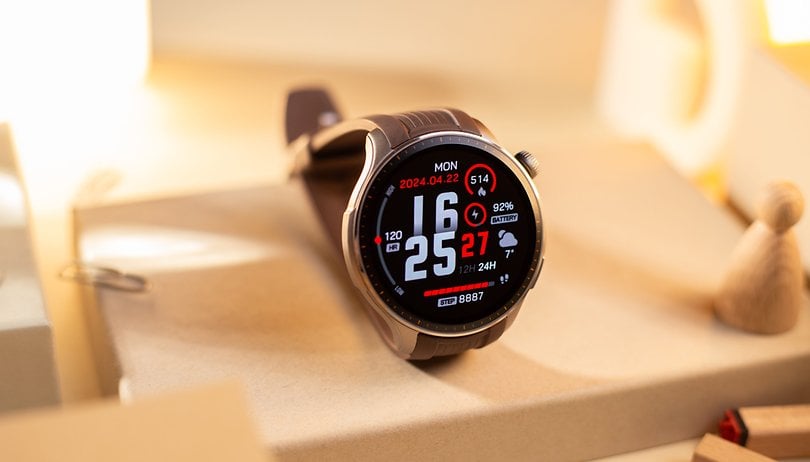

Since I shifted to also testing wearables, I've been curious to try any Amazfit device. That's why I was thrilled to review the Amazfit Balance. It turns out that I got to test the most balanced (pun intended) smartwatch that Zepp Health has already released for wellness and fitness monitoring. The name of this device suggests its focus on both body and mind, but how close to equilibrium can the Amazfit Balance be?
Good
- Large, but compact and elegant design
- Dual-band GPS
- Compatible with Android and iOS
- Above-average quality sleep tracking
- Effective automatic activity detection
- Week-long battery life
Bad
- Only one size available
- A heavy and demanding companion app
- Too many subscriptions
- AI features still in development
- No music streaming service available
- No IP rating—but water-resistance up to 5ATM
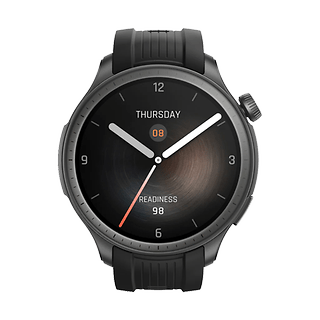
Price and Availability
You can find the Amazfit Balance in the US for $229.99 in two different case colors: Midnight and Sunset Grey. There are also four special edition straps available in the colors Lagoon, Woodland, Meadow, and Deep Sea.
Since the device was released on September 1st last year, you can definitely get it now at a discounted price on Amazon as well as in the Amazfit Store. However, Zepp offers two different subscriptions: the Zepp Aura Premium for $9.99 monthly and the Zepp Fitness membership for $19.99 yearly.
Design and Display
I'm testing the Sunset Grey aluminum case with the Woodland strap, which I believe is made of silicone, and it's quite comfortable. Design is a very subjective aspect of reviews; however, the Amazfit Balance, despite coming in only one size, has delicate lines and a compact design. Yet, its 46 mm size doesn't lie: it's a large smartwatch .
Pros:
- Large, but compact and elegant design.
- Water resistance rating of 5 ATM.
Cons:
- Only one size available.
- No IP68 certification.
Overall, the smartwatch weighs 53 grams and has a thickness of 10.6 mm—in comparison, the OnePlus Watch 2 that I recently reviewed weighs 80 grams and is 12.1 mm thick. So, at the end of the day, Zepp managed to offer a longer battery life than OnePlus in a more compact design. Another plus: Amazfit offers a 22 mm standard strap system, allowing for a wide variety of options.
Finally, the Amazfit Balance does have a water resistance rating of 5 ATM, which means it can withstand pressures equivalent to about 50 meters underwater, suitable for swimming and exposure to water in daily activities. However, it does not have an IP68 certification—so be careful on using it at the beach or in dustier environments.
When it comes to the display, we have a colorful, clear, and bright AMOLED screen on the wrist. With its 1.5-inch size, you can easily read what is on the display. It's also very responsive to touch and features an Always-On Display, which works well with some watch faces by highlighting only certain elements of the user interface.
Although I love the fact that the peak brightness reaches 1,500 nits and offers great contrast under direct light, the display remains too bright even at lower brightness settings in darker environments. Thankfully, the Amazfit Balance offers quick modes to prevent it from illuminating a movie theater session or the bedroom while sleeping at night.
Software and Compatibility
The Amazfit Balance operates with Zepp's proprietary software, making it compatible with both Android and Apple devices. It also integrates with the Zepp Health companion app, which tends to be bulkier compared to other similar apps. Additionally, Zepp releases regular firmware to add new features. .
Pros:
- Compatible with both Android and Apple devices.
- Offers a comprehensive range of services.
Cons:
- The companion app is relatively bulky.
- Ran into issues with the cycle tracking feature.
- The amount of software features can be overwhelming.
- AI-driven services are still under development.
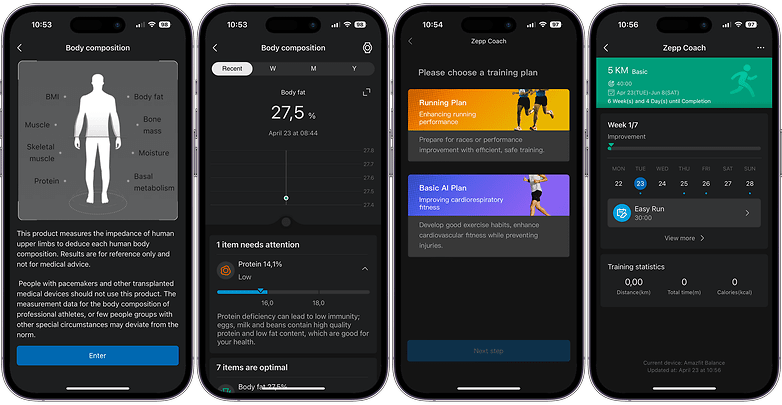
When reviewing the software capabilities of the Amazfit Balance, the integration of several advanced wellness and fitness features stands out. The watch includes a daily readiness score that assesses your physical preparedness each day by analyzing a variety of health metrics.
The goal here is to help you determine how much physical activity you can handle and how long it will take to recover. Honestly, I consider this feature very experimental. Some days, my readiness was good, yet I felt awful, and vice versa. So, it may provide more precise information in the long run—I'm still uncertain about it. Companies like Gamin and Withings also offer something similar to it.
In addition to the readiness score, the Amazfit Balance offers a wrist-based body composition analysis, similar to what Samsung introduced with its Galaxy Watch 4 series. This function measures crucial metrics such as body fat percentage and muscle mass directly from your wrist, enabling continuous monitoring without additional equipment.
I'm also using the Mi Body Composition Scale 2. Although the smartwatch readings are more favorable, they are quite close to the scale's results. However, it's difficult to determine which device provides the most accurate analysis.
Another significant feature is the PAI (Personal Activity Intelligence) system, which assesses the health impact of physical activities by providing a score based on heart rate data and activity intensity. This helps you understand how your workouts contribute to overall health. It's valuable for those deeply invested in fitness, but you'll need to actively use the data; otherwise, at the end of the day, it's just another unused metric.
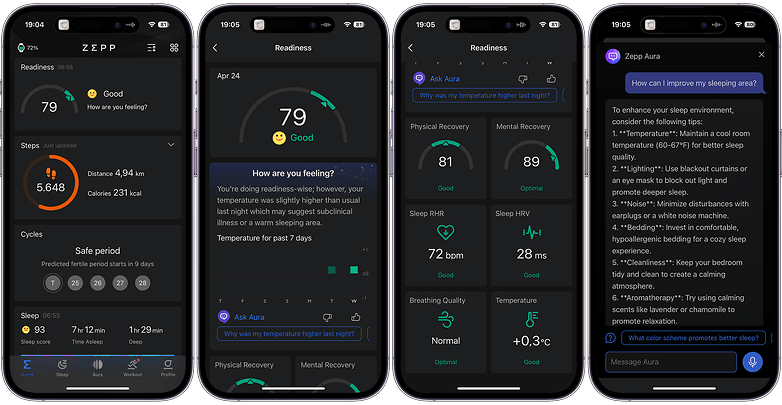
Zepp also offers a native cycle tracking feature. However, I encountered issues with accurately predicting my estimated period and fertile windows, as well as ovulation day. I had to manually enter my cycle data twice, and even with real-time updates, it did not function correctly. I'm still struggling to get reliable cycle information on Zepp.
Additionally, Zepp now offers a contactless payment system called Zepp Pay, though availability heavily depends on your region. For instance, in Germany where I live, I can use it with my Mastercard branded card.
Overall, the Zepp Health app offers a comprehensive approach to managing health and fitness data, which can be quite complex. Not only does it include many features and services, but it also operates as a separate system within existing platforms like iOS and Android. A key example of its complexity is that users must upload MP3 files for music, rather than using existing, paid music streaming services. This requirement highlights the extent of integration and the potential inconvenience for users.
AI features and Subscription
The Amazfit Balance is enhanced by Zepp's suite of AI services, each designed to support different aspects of your health and fitness routines. Zepp Aura serves as a personal health coach, providing insights and tools to improve well-being. Zepp Coach offers targeted tips and motivation for your training, while the latest addition, Zepp Flow, features a gen AI-powered voice assistant for natural and intuitive interactions.
However, I haven't had sufficient time to use all these features together extensively, so I can't offer a definitive opinion on their combined effectiveness. The platform is still evolving, with each update expected to bring improvements. Additionally, it needs to collect more data on my fitness activities and health metrics to provide a consistent experience. This may explain why Zepp has not yet started charging for the Flow service.
What I can say, however, is that I don't see it as a game-changer in wellness and fitness in its current stage of development. Perhaps you would benefit more from the Whoop's approach to AI.
Zepp also offers several subscription-based services. While Zepp Aura is available for free, there is a Premium version that I tested primarily to analyze my sleep patterns and enjoy some white and relaxing noise. At this point in development, I don’t recommend purchasing the Premium service if you already have a basic understanding of these health aspects. However, the free version of Aura is somewhat limited.
Additionally, there is a Zepp Fitness membership available. This subscription starts with a six-month trial period, after which it costs $2.99 per month or $19.99 per year. More about it below.
Wellness & Fitness Features
The Amazfit Balance offers various fitness features, including support for 150+ different sports profiles and is water-resistant, suitable for water sports. It includes a heart rate sensor and dual-band GPS for training accuracy. Moreover, the sleep tracking system is exceptionally good—although it doesn't quite match what Apple delivers. Additionally, the running training stats are quite rich .
Pros:
- Dual-band GPS for accurate training.
- Efficient automatic activity detection.
- Comprehensive running overview.
- Above-average sleep tracking.
- Water-resistant up to 5 ATM, making it suitable for water sports.
Cons:
- -
Long story short, this is not only a smartwatch but a device for sports. And is very acceptable. I always use the Apple Watch Series 9 as my reference, and it got just about the same results—with maybe some sleep stats differing greatly every so often. I also compared the heart rate monitor with the Garmin HRM-FIT chest strap and was quite impressed by the results.
However, considering that it offers a dual-band GPS, I also used it together with the OnePlus Watch 2 I recently tested, which also boasts a dual-band GPS. In this review, I will focus on running workouts, but Amazfit offers a variety of indoor and outdoor options, each with a great level of detail. For more insights on indoor sports with the Zepp Health app, I suggest reading our Amazfit GTR 4 review.
The Amazfit Balance also offers a very effective automatic activity detection, which I'm a huge fan of since I occasionally forget to start a workout. Activities like walking, running, and cycling will definitely be recorded, so you will definitely have them.
Run Workout
The Amazfit Balance's dual-band GPS closely matched the performance of the OnePlus Watch 2. During a brief outdoor running test on a track while recovering from illness, both devices accurately tracked my movements.
Both the Amazfit Balance and the OnePlus Watch 2 showed comparable metrics and heart rate zone data during real-time heart rate monitoring. Benchmarking against the Garmin HRM-FIT chest strap produced consistent results across the board.
Despite the Garmin strap recording an average heart rate of 128 bpm, the Amazfit Balance logged 154 bpm, and the OnePlus Watch 2 registered 161 bpm. With the Amazfit Balance worn on my left arm and the OnePlus Watch 2 on my right, these results seem highly credible.
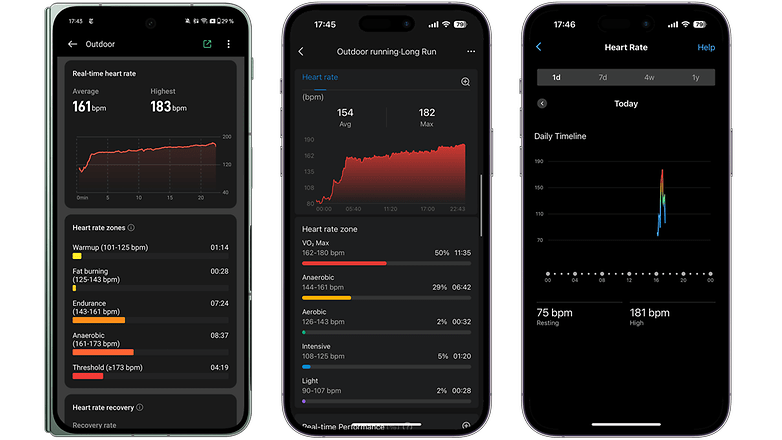
That said, I consider the Amazfit Balance a versatile choice for runners of all levels, offering a comprehensive feature set that includes tracking distance, time, average and best pace, calories burned, and steps. It also provides cadence and average stride measurement to improve running efficiency.
Its continuous heart rate monitoring offers valuable insights into average and peak levels, along with a detailed analysis of heart rate zones for monitoring workout intensity. Additionally, it provides extra metrics such as Aerobic and Anaerobic Training Effect, VO2Max, and both average and maximum power.
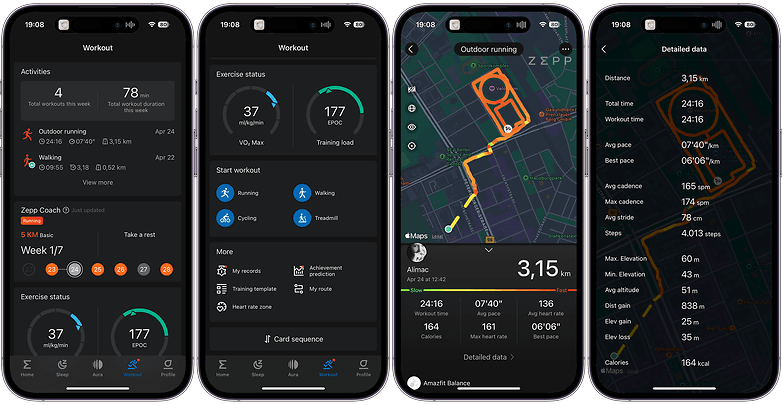
Since I'm training for a marathon at the end of Q3, I find this information really enlightening and helpful for improving my training. However, I do consider that these are only estimates of the run workout and are not exactly precise. But I do appreciate seeing all this data collected and analyzed together after my workout.
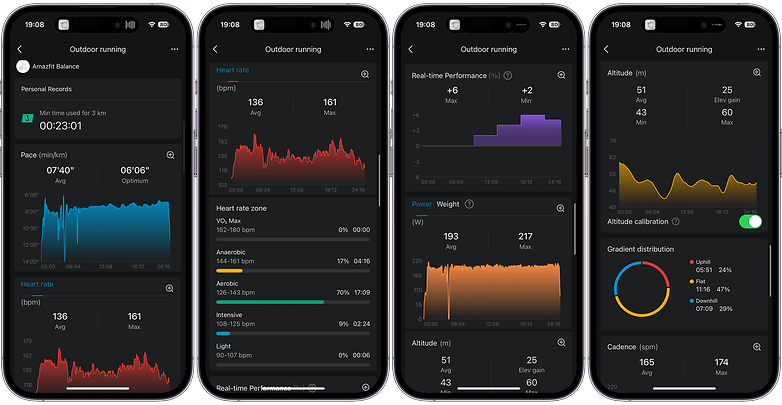
Sleep tracking
I believe that sleep quality is the most relevant metric for those who want to live longer lives while enjoying good health. However, I don't usually advise using large smartwatches like the Amazfit Balance for sleep tracking. The main reason is that depending on the size of the wrist, it can negatively impact your sleep. Nevertheless, Zepp offers a compelling sleep-tracking analysis.
If you frequently read my wearable reviews, you might know that I use the Apple Watch Series 9 (review) as a reference device because of its accuracy compared to accurate sleep headband devices. To my surprise, the Amazfit Balance performed well when compared to it. Although it can be more generous with sleep phases like deep and REM sleep, it doesn't add too much extra time to each stage.
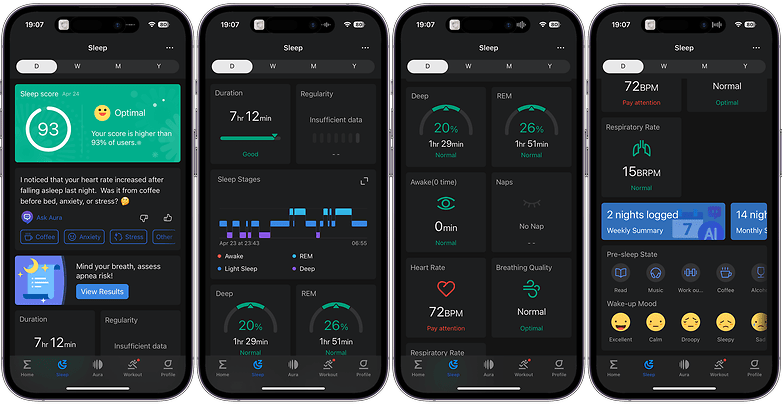
Battery Life
The Amazfit Balance is equipped with a substantial 475 mAh battery, and Zepp's combination of software and hardware delivers a week-long battery life experience. However, battery consumption is directly related to how you use the device. If you train for more than three days, it can definitely reduce autonomy; if less, it can last even longer .
Pros:
- Week-long battery life.
Cons:
- A demanding companion app.
- USB Type-A charging cable.
As mentioned in the software section, the Zepp Health companion app is quite demanding. In fact, I didn't find much information about it until I read the Amazfit Balance test by one of my colleagues at Inside Digital (in German). The Zepp Health app heavily relies on background resources, such as tracking movement and oxygen levels.
However, compared to the Apple Watch Series 9 on my left wrist, the impact that the Amazfit Balance has on the iPhone's battery life is quite shocking. In the last 10 days, the Zepp app used more than 30 hours of background activity, while the Watch app, Health, and Fitness together only accounted for 4 minutes. Overall, while the Zepp app consumed 13% of battery usage, Health required 7%, though. The other two apps did not appear in the statistics.
For our testing standards, a device that consumes more than 5% of the overall battery usage of the companion phone in 10 days should be classified as a high-impact wearable. For the sake of fair comparison, I have also added the Health app and the Fitness app to the Apple side of the equation.
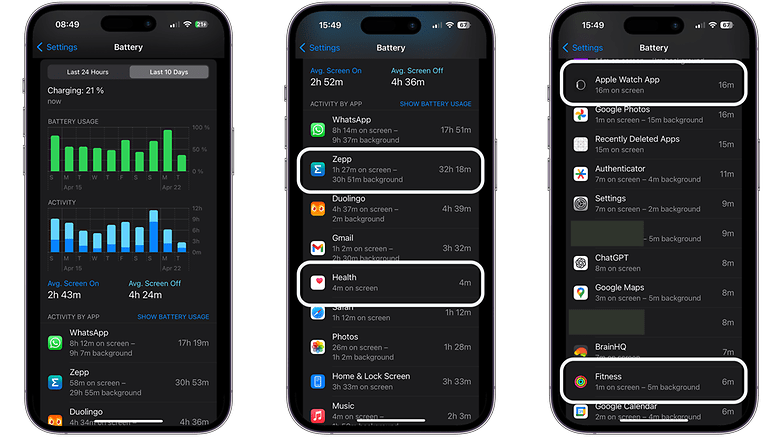
The Amazfit may be using some processing on the iPhone, whereas the Apple Watch may be doing it internally. It seems like a lack of optimization caused by not having strong hardware, so it ended up recording more data than the Apple Watch.
In the recharging area, the smartwatch requires approximately 75 minutes to charge. Included in the box is a wired quick charger that connects magnetically and uses pogo pins for charging. This system is quite reliable, and you can trust that the device will charge properly if connected correctly. What irritates me, though, is the USB Type-A charging cable. For people like me who use laptops with primarily USB-C ports, it's quite a hassle.
Key Features
| Amazfit Balance | |
|---|---|
| Display |
|
| Sensors |
|
| Memory |
|
| Battery (According to manufacturer) |
|
| Connectivity |
|
| IP/WR rating |
|
| Materials |
|
| Dimensions and weight |
|
| Colors |
|
| Compatibility |
|
Final verdict
With the Amazfit Balance, Zepp is positioning itself as more than just a lifestyle brand, pivoting significantly towards sports. It feels like Zepp is now more comparable to Garmin than to Xiaomi, Samsung, or Apple, with a strong commitment to research and development while maintaining its competitive pricing.
This smartwatch, in particular, seems to offer the most consistent experience in the Amazfit lineup. The app’s straightforward access to personal information security and privacy, compliant with GDPR and with servers based in Germany, is a significant benefit—even for users in the US.
- Stay healthy, stay secure: Protecting your health data for a safer tomorrow
If you’re seeking a smartwatch to enhance your workouts, the Amazfit Balance provides extensive statistics with a stylish design. Although there are similarities with Google’s Wear OS and Apple’s watchOS, Zepp OS offers its unique flair and is compatible with the two largest mobile operating systems.
However, the watch does have some drawbacks. It's available in only one size, asks for multiple subscriptions, and its demanding companion app might be problematic depending on your smartphone’s hardware. Moreover, while the AI features are still in development, it’s impressive to see Amazfit as one of the pioneers in this area. This positions the company well to quickly learn and enhance features through frequent updates.
Having tested this device, my first from Zepp, I have a very positive impression and strongly recommend it in the $200 category.
- Find more: The best smartwatches to buy in 2024
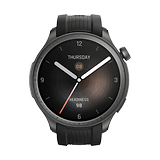
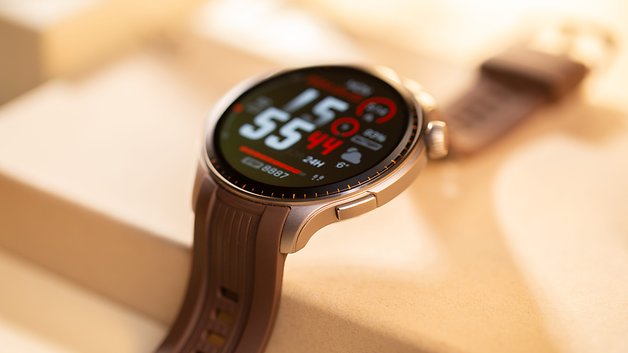
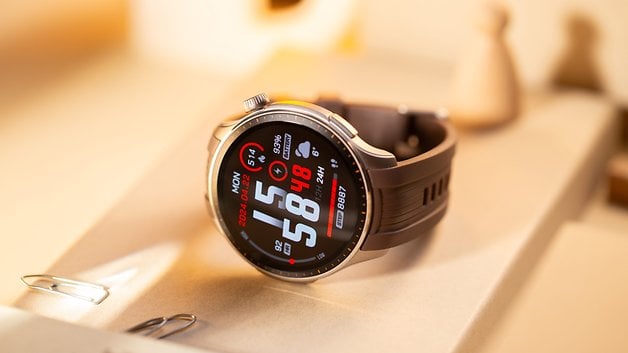
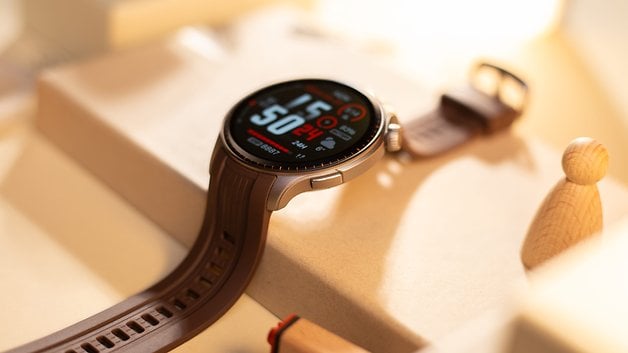
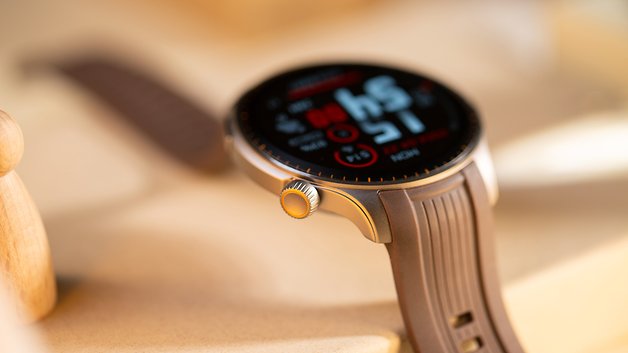
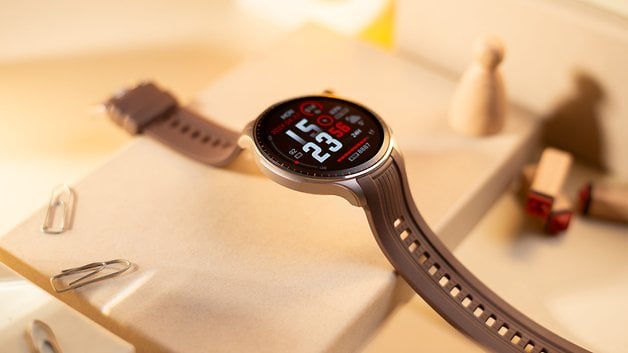
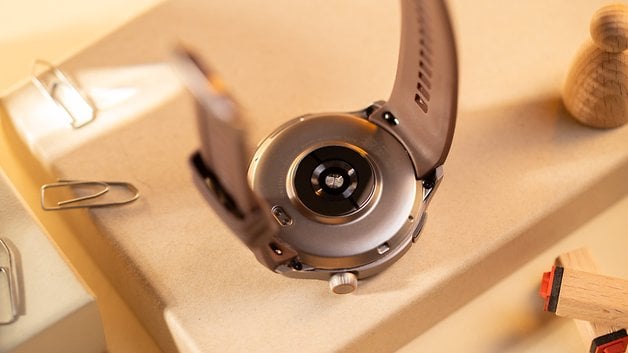

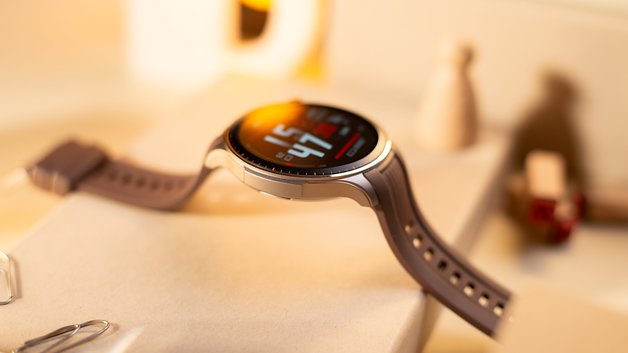
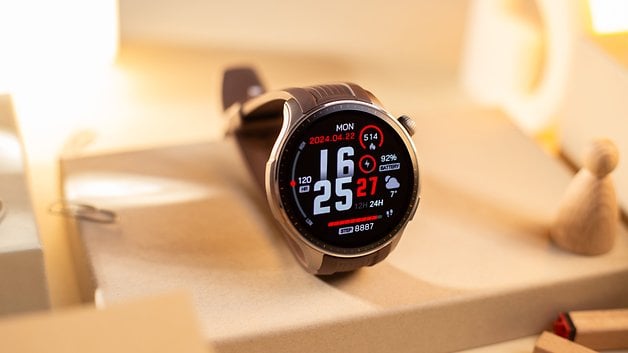
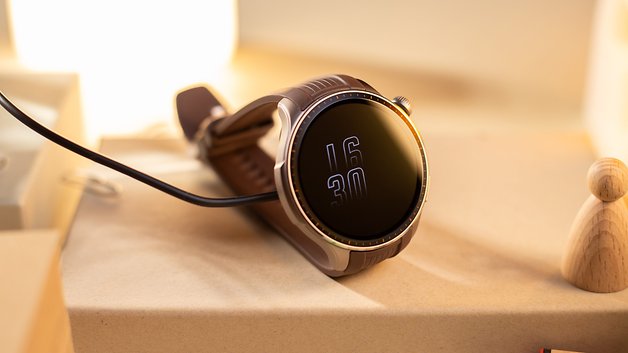
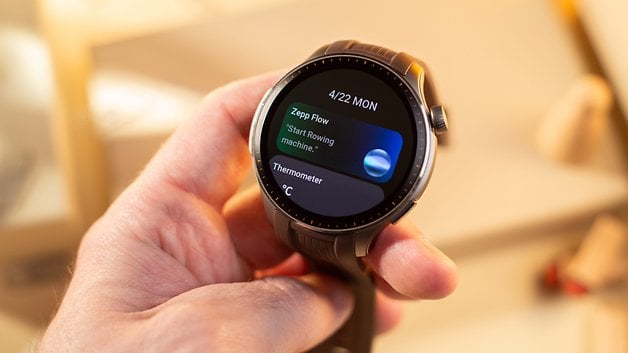

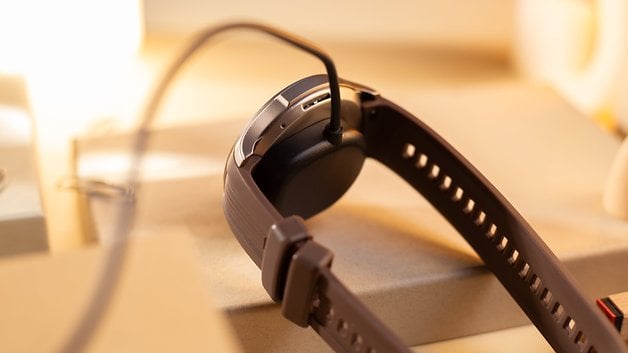
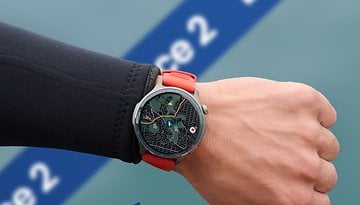
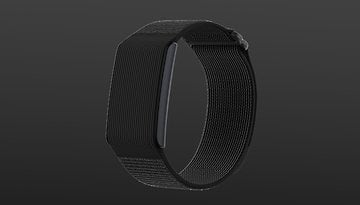
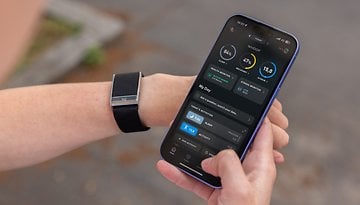
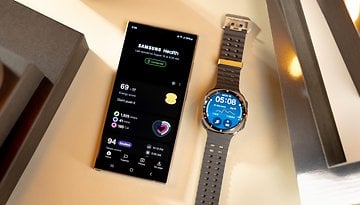

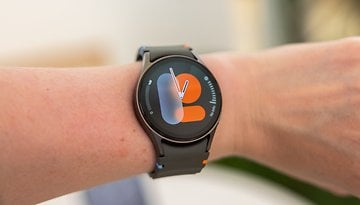


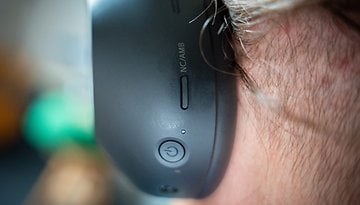

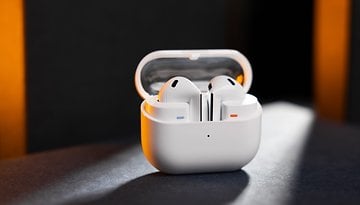
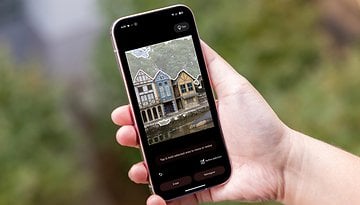


Thank you for your impressive article; it really helps readers understand the issues you've analyzed in more detail. Appreciate it.